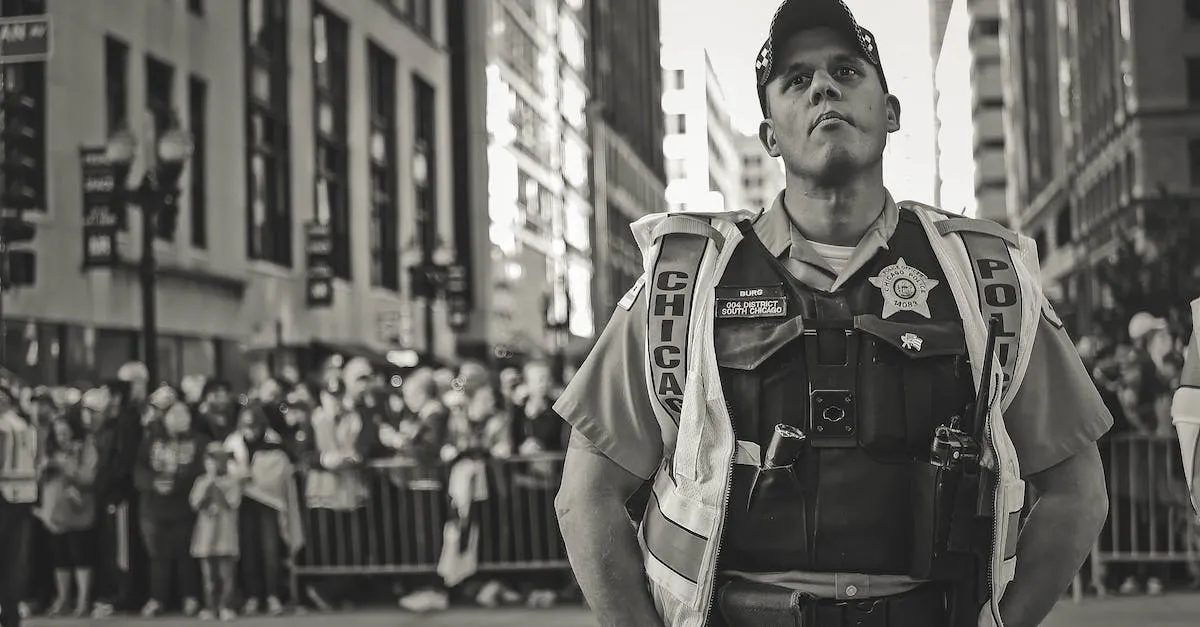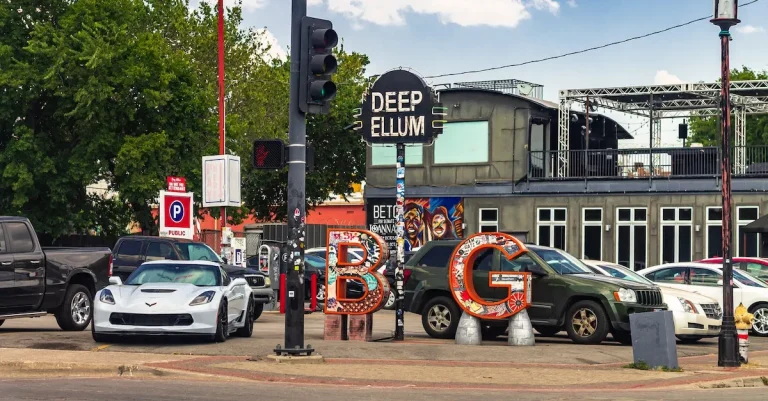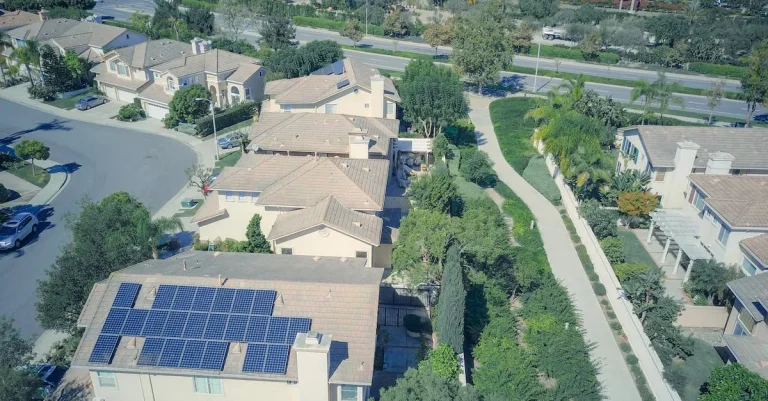White Gangs In Chicago: A Closer Look
Chicago is infamous for its violent gang culture, but what many don’t realize is that there are also dangerous white gangs operating in the city. If you’re looking for a deep dive into Chicago’s lesser known world of white gangs, you’ve come to the right place.
If you’re short on time, here’s a quick answer to your question: There are several notorious white gangs that originated in Chicago and still operate in the city today, such as the Gaylords, Popes, and Simon City Royals. Though not as large or prevalent as Hispanic/Black gangs, white gangs engage in similar criminal activities like drug trafficking, extortion, and murder.
Brief History of White Gangs in Chicago
Chicago has long been known for its rich and diverse gang culture, with various ethnic groups forming their own factions and claiming their territories. While the city is often associated with African-American and Latino gangs, it is important not to overlook the presence of white gangs in Chicago.
Here, we take a closer look at the origins, ethnic makeup, and alliances of white gangs in the Windy City.
Origins in 1950s-60s
The emergence of white gangs in Chicago can be traced back to the 1950s and 1960s. During this time, a combination of factors such as economic decline, racial tensions, and social upheaval led to the formation of these gangs.
Many white youths growing up in impoverished neighborhoods sought a sense of identity and belonging, which they found in gang affiliations.
One notable white gang that emerged during this period was the Simon City Royals. The Royals, who originated in the northwest side of Chicago, quickly gained a reputation for their involvement in criminal activities, including drug trafficking and extortion.
Their influence spread throughout the city, and they became one of the most prominent white gangs in Chicago.
Ethnic Makeup and Turf Wars
White gangs in Chicago are predominantly comprised of individuals of European descent. However, it is important to note that gang membership is not solely based on ethnicity but also on factors such as neighborhood affiliation and personal connections.
Just like other gangs in the city, white gangs stake claim to specific territories, engaging in what is known as “turf wars.”
These turf wars often result in violent clashes between rival gangs vying for control over lucrative illegal activities. The rivalry between white gangs and other ethnic gangs in Chicago has been a significant driver of violence in the city’s gang culture.
It is crucial to address these conflicts to ensure the safety and well-being of all communities.
Alliances and Rivalries with Other Gangs
While white gangs in Chicago have historically had their own territories and rivalries, it is not uncommon for them to form alliances with other gangs. These alliances are often based on shared interests and mutual benefits, such as joint criminal enterprises or protection against common enemies.
For example, some white gangs have formed alliances with African-American or Latino gangs to expand their criminal enterprises and increase their influence. These alliances can be fluid and ever-changing, depending on the dynamics of the gang landscape in Chicago.
To gain a better understanding of the history and dynamics of white gangs in Chicago, it is essential to consult reliable sources and studies conducted by experts in the field. Websites such as the Chicago Tribune and the National Gang Crime Research Center provide valuable insights into the history, demographics, and activities of white gangs in the city.
White gangs in Chicago may not receive as much media attention as other gangs, but they play a significant role in the city’s gang culture. By studying their origins, ethnic makeup, and alliances, we can gain a deeper understanding of the complexities of gang dynamics in Chicago and work towards creating a safer and more inclusive city for all residents.
Profile of Major White Gangs
Gaylords
The Gaylords are one of the oldest and most notorious white gangs in Chicago. Founded in the 1940s, the Gaylords originally started as a social club for Italian-Americans but later transformed into a street gang.
They gained a reputation for their involvement in criminal activities, including drug trafficking, extortion, and acts of violence.
The Gaylords are known for their distinctive tattoos and symbols, including the letter “G” and the Gaylord crown. They have a strong presence in neighborhoods such as Bridgeport, Hegewisch, and Beverly.
Over the years, law enforcement agencies have worked tirelessly to dismantle the gang, but they continue to operate, albeit in smaller numbers.
According to the Chicago Crime Commission, the Gaylords have been involved in numerous criminal activities, including drug trafficking and organized crime. Their rivalry with other gangs, such as the Latin Kings and Gangster Disciples, has led to ongoing violence in the city.
Popes
The Popes, also known as the Almighty Popes, are another prominent white gang in Chicago. They have a long history dating back to the 1950s and are primarily based in the Belmont-Cragin neighborhood on the city’s northwest side.
The Popes gained notoriety for their involvement in drug trafficking, particularly heroin, and their reputation for violence. They have been engaged in turf wars with other gangs, such as the Latin Kings and Vice Lords, leading to ongoing conflicts in the area.
According to the Chicago Police Department, the Popes have been responsible for a significant portion of the drug trade in the city. Their criminal activities have had a detrimental impact on the community, contributing to the overall violence and instability in the area.
Simon City Royals
The Simon City Royals, also known as the Royals, are a white street gang that originated in the Rogers Park neighborhood on the city’s north side. They were founded in the 1950s and quickly gained a reputation for their involvement in criminal activities.
The Royals have been involved in various criminal enterprises, including drug trafficking, racketeering, and armed robbery. They have clashed with other gangs, such as the Latin Kings and Gangster Disciples, resulting in ongoing violence and territorial disputes.
According to law enforcement agencies, the Simon City Royals have been responsible for a significant amount of violence and crime in Chicago. Their criminal activities have had a negative impact on the safety and well-being of residents in the neighborhoods where they operate.
Criminal Operations and Activities
Drug Trafficking
White gangs in Chicago are known for their involvement in drug trafficking. They play a significant role in the distribution and sale of illicit substances, contributing to the city’s ongoing struggle with drug-related issues.
These gangs often establish a network of suppliers and distributors to ensure a steady flow of drugs into the community. According to a report by the Chicago Crime Commission, drug trafficking by white gangs in the city has been on the rise in recent years, posing a serious challenge to law enforcement agencies.
Extortion and Protection Rackets
Another criminal activity commonly associated with white gangs in Chicago is extortion and the operation of protection rackets. These gangs often target businesses and individuals for monetary gain, using intimidation and violence to enforce their demands.
They may demand regular payments in exchange for protection or threaten harm if their demands are not met. The victims of these extortions often feel trapped and helpless, as going to the authorities can put them at even greater risk.
Violence and Turf Wars
White gangs in Chicago are notorious for their involvement in violent activities and turf wars. These gangs fiercely protect their territories and engage in conflicts with rival gangs over control of drug markets and other criminal enterprises.
This violence not only poses a threat to the members of these gangs but also to innocent bystanders who may get caught in the crossfire. The city has witnessed a surge in shootings and homicides as a result of these ongoing turf wars.
It is important to note that the activities mentioned above are not representative of all white gangs in Chicago. There are various factors that contribute to the involvement of individuals in criminal activities, including socio-economic conditions, lack of opportunities, and a sense of belonging to a group.
Efforts to address these underlying issues are crucial in tackling the problem of white gang-related crime in the city.
Demographics and Membership
Membership Numbers
When it comes to white gangs in Chicago, it is important to understand the demographics and membership numbers. While specific statistics may not be readily available, it is known that white gangs have been present in the city for decades.
Some of the most notorious white gangs include the Simon City Royals, the Gaylords, and the Chicago Gaylords. These gangs have had a significant presence in various neighborhoods throughout the city.
Typical Member Profile
White gangs in Chicago tend to attract members from diverse backgrounds. However, it is important to note that these gangs are predominantly made up of white individuals. The typical member profile can vary, but there are some common characteristics.
Many members come from lower-income neighborhoods and may have experienced a lack of opportunities or a sense of belonging. Some may have been involved in criminal activities from a young age.
It is crucial to remember that each individual’s reasons for joining a gang can be unique and complex. Factors such as family dynamics, peer pressure, and the desire for protection or a sense of identity can all play a role in someone’s decision to join a white gang in Chicago.
Recruitment
White gangs in Chicago employ various recruitment strategies to attract new members. These strategies can include intimidation, peer pressure, and offering a sense of belonging and protection. Recruitment often occurs within specific neighborhoods or schools, where gangs establish a presence and actively seek out vulnerable individuals.
Online platforms and social media have also become avenues for recruitment. White gangs may use these platforms to promote their ideologies, showcase their activities, and connect with potential recruits.
It is important for parents, educators, and community members to be vigilant and aware of the signs of gang recruitment, as early intervention can be crucial in preventing young individuals from becoming involved in gang activities.
For more information on white gangs in Chicago, you can visit www.chicagotribune.com or www.justice.gov.
Law Enforcement Efforts
When it comes to combating white gangs in Chicago, law enforcement agencies have implemented various strategies to disrupt their activities and ensure public safety. These efforts have been aimed at targeting crack downs and arrests, addressing the challenges in dismantling gangs, and implementing effective strategies.
Targeted Crackdowns and Arrests
Law enforcement agencies in Chicago have been actively involved in targeted crackdowns and arrests to dismantle white gangs. By focusing on intelligence gathering and conducting undercover operations, they have been able to infiltrate these gangs and gather evidence to make arrests.
This approach has led to the apprehension of key gang members and disrupted their criminal activities. Additionally, increasing collaboration between local, state, and federal agencies has strengthened the efforts to dismantle these gangs.
Challenges in Dismantling Gangs
Dismantling white gangs in Chicago poses significant challenges for law enforcement. One of the major hurdles is the deep-rooted nature of these gangs, which often have strong ties and loyalties within their communities.
This makes it difficult to gather information and secure cooperation from witnesses or potential informants. Moreover, gang members may engage in violent activities to protect their territories, making it risky for law enforcement officers involved in dismantling these gangs.
Furthermore, the constant influx of new gang members, especially youths, presents a challenge in disrupting the cycle of violence and criminal behavior. Strategies to prevent recruitment and provide alternatives to gang involvement are crucial in addressing this issue.
Effective Strategies
Law enforcement agencies in Chicago have been implementing effective strategies to combat white gangs. One such strategy is the use of community policing, which involves building relationships and trust between law enforcement officers and the communities they serve.
This approach helps in gathering intelligence, identifying gang members, and preventing crime before it occurs.
Another effective strategy is the use of targeted interventions, such as job training programs, educational opportunities, and social services aimed at diverting individuals away from gang involvement.
These programs provide alternatives and support for individuals who may be at risk of joining gangs, ultimately reducing their recruitment and involvement in criminal activities.
The implementation of technology has also played a significant role in law enforcement efforts. The use of surveillance cameras, data analysis, and social media monitoring has helped in identifying gang hotspots, tracking gang activities, and gathering evidence for prosecutions.
Conclusion
While often overlooked, white gangs have a significant presence across Chicago’s neighborhoods. Understanding the history, operations, and impact of these gangs provides important context around the city’s ongoing issues with crime and violence. This article provided a deep dive into Chicago’s complex web of white gang culture – a side of the city that outsiders rarely see.








